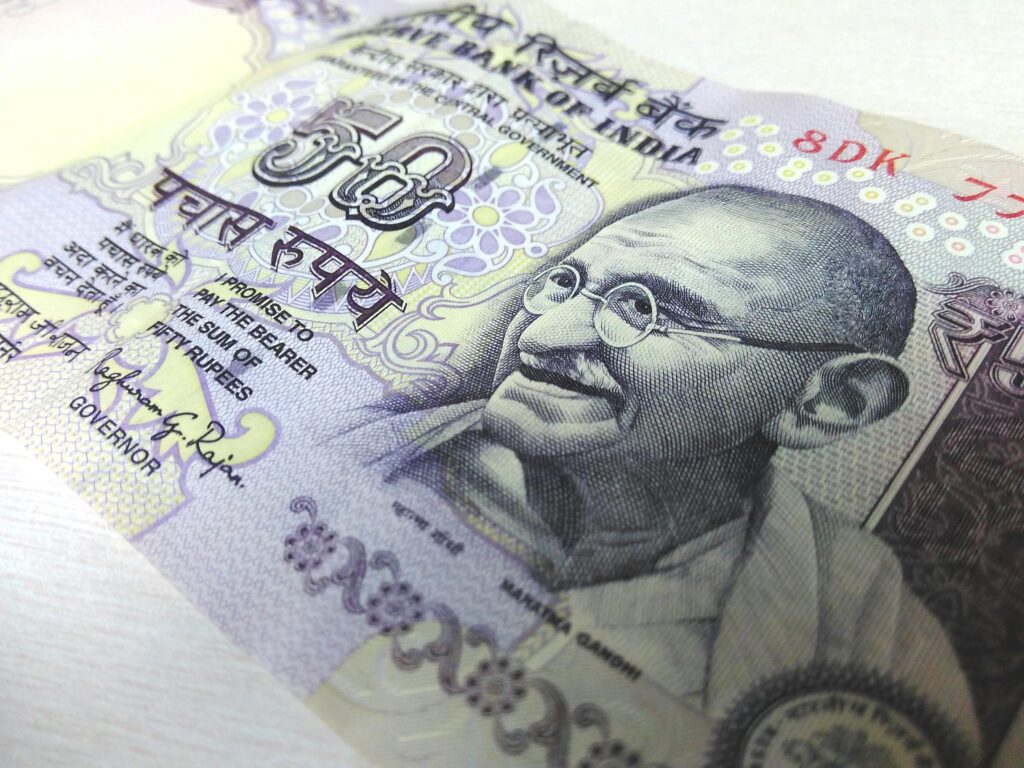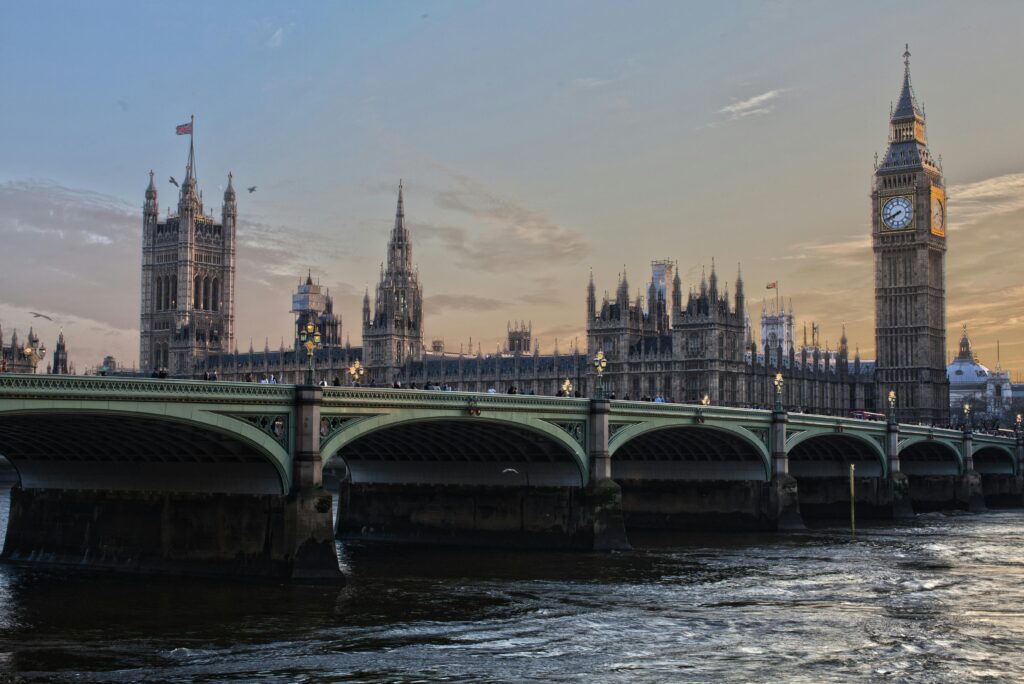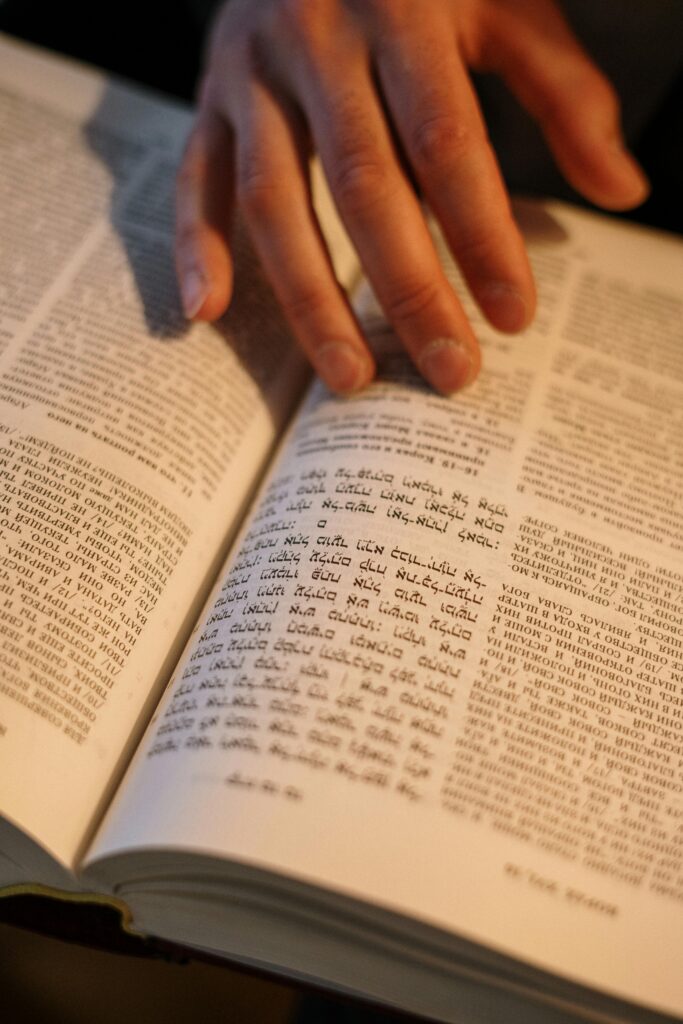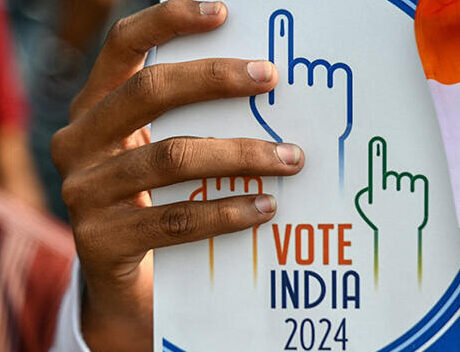The Indian State: An Intrusive Legacy with Lofty Goals
Author: sachin nandha, trustee and director The concept of the state has long been a subject of deep inquiry and analysis, from the works of classical political philosophers to modern-day commentators. A state, fundamentally, is composed of several critical pillars—the judiciary, military, bureaucracy, and often an elite class that holds significant influence. However, the essence of a state, as postulated by Max Weber, is its monopoly on the legitimate use of physical force within its territory. It exists to protect its territorial integrity, enforce the rule of law, and create an environment conducive to the flourishing of its citizens. Ideally, taxation in such a state is a tool, not for enrichment, but to provide essential services and infrastructure that enable citizens to pursue their endeavours freely and effectively. Yet, the Indian state, though it shares these fundamental characteristics, has evolved into something far more complex and, some might argue, intrusive. Rooted in a unique historical context, the Indian state has grown into an entity designed to socially engineer its population, specifically targeting entrenched inequalities within Hindu society. This objective, while noble in its intent, has manifested in a state apparatus that is, at times, paternalistic and prone to overreach. The Origins of the Indian State The Indian state did not emerge in a vacuum. Its modern incarnation is a direct descendant of both British colonial rule and the earlier Mughal administration. The British colonial state, as famously critiqued by Indian leaders like Jawaharlal Nehru and B.R. Ambedkar, was primarily an extractive one, designed to siphon wealth from the Indian populace to serve the interests of the Empire. Nehru, in his seminal work The Discovery of India, lamented how “India was bled” by the colonial administration, which left behind a legacy of underdevelopment and exploitation. This colonial state was built on the remnants of the Mughal administration, which itself was a hierarchical and often autocratic system, albeit with a more feudal character. The British adapted and expanded this system to create a highly centralized and bureaucratic state apparatus, one that was deeply suspicious of the populace and heavily reliant on coercion to maintain order. When India gained independence in 1947, it inherited this centralized structure. However, the new leaders of India were determined to use the state not as a tool of extraction, but as an instrument of social transformation. This vision was encapsulated by B.R. Ambedkar, the principal architect of the Indian Constitution, who envisioned the state as a mechanism to uplift the oppressed and eradicate the deeply entrenched caste system. Ambedkar famously stated, “Political democracy cannot last unless there lies at the base of it social democracy,” highlighting the intertwined nature of social and political justice in the Indian context. Ambedkar, the man who opposed Gandhi, and saw the State as essentially one that engineers a society. The Indian State: A Tool for Social Engineering In pursuit of these transformative goals, the Indian state adopted a policy of affirmative action, or what is often referred to as “positive discrimination.” This was designed to uplift historically marginalized communities, particularly Dalits (formerly known as Untouchables) and other Scheduled Castes and Tribes. These policies were seen as necessary to rectify centuries of systemic oppression and to ensure that all citizens, regardless of their social background, could participate in the democratic process as equals. However, these well-intentioned policies also led to the creation of a state that is far more interventionist than many of its counterparts. The Indian state’s role extends beyond the typical functions of maintaining law and order or providing public goods. It has actively sought to reshape the social fabric of the nation, to eradicate caste-based discrimination, and to promote a more egalitarian society. As Nehru himself declared in a speech in 1950, “The service of India means the service of the millions who suffer. It means ending poverty and ignorance and disease and inequality of opportunity.” But the approach taken by the state has also been marked by a certain paternalism, rooted in the belief that the state knows what is best for its citizens. This has led to a tendency to impose top-down solutions without always taking into account the diverse needs and desires of India’s vast population. The state’s social engineering efforts, while aimed at promoting equality, have at times been criticized for stifling individual initiative and perpetuating a culture of dependency. Extractive Practices: A Contemporary Example The extractive tendencies of the Indian state are not just relics of the past but can be observed in contemporary examples as well. A striking case of this was seen during the COVID-19 pandemic, which revealed how certain state government practices can be more extractive than enabling. In March 2020, just before the nationwide lockdown was imposed, many state governments renewed liquor licenses for restaurants and bars, collecting hefty fees from business owners. This was a significant expense for small restaurant owners, who paid these fees with the expectation that they would be able to operate their businesses as usual. However, within weeks, the government imposed a complete lockdown due to the COVID-19 pandemic, forcing all restaurants and bars to shut down indefinitely. The lockdown continued for months, with no refunds or concessions provided to the business owners who had just paid for their liquor licenses. Thousands of small restaurants were left high and dry, unable to operate yet burdened with the cost of licenses they could not use. This was not just a case of bad timing; it highlighted the extractive nature of the state’s approach, where revenue collection took precedence over fair treatment of citizens. This situation exemplifies the systemic issues within the Indian state where the common citizen often finds themselves powerless against the machinery of government. The lack of recourse or accountability in such situations underscores the state’s tendency to act in its own financial interest, often at the expense of those it is meant to serve. Such practices erode trust in the state and reinforce the perception that the government is
The Indian State: An Intrusive Legacy with Lofty Goals Read More »










